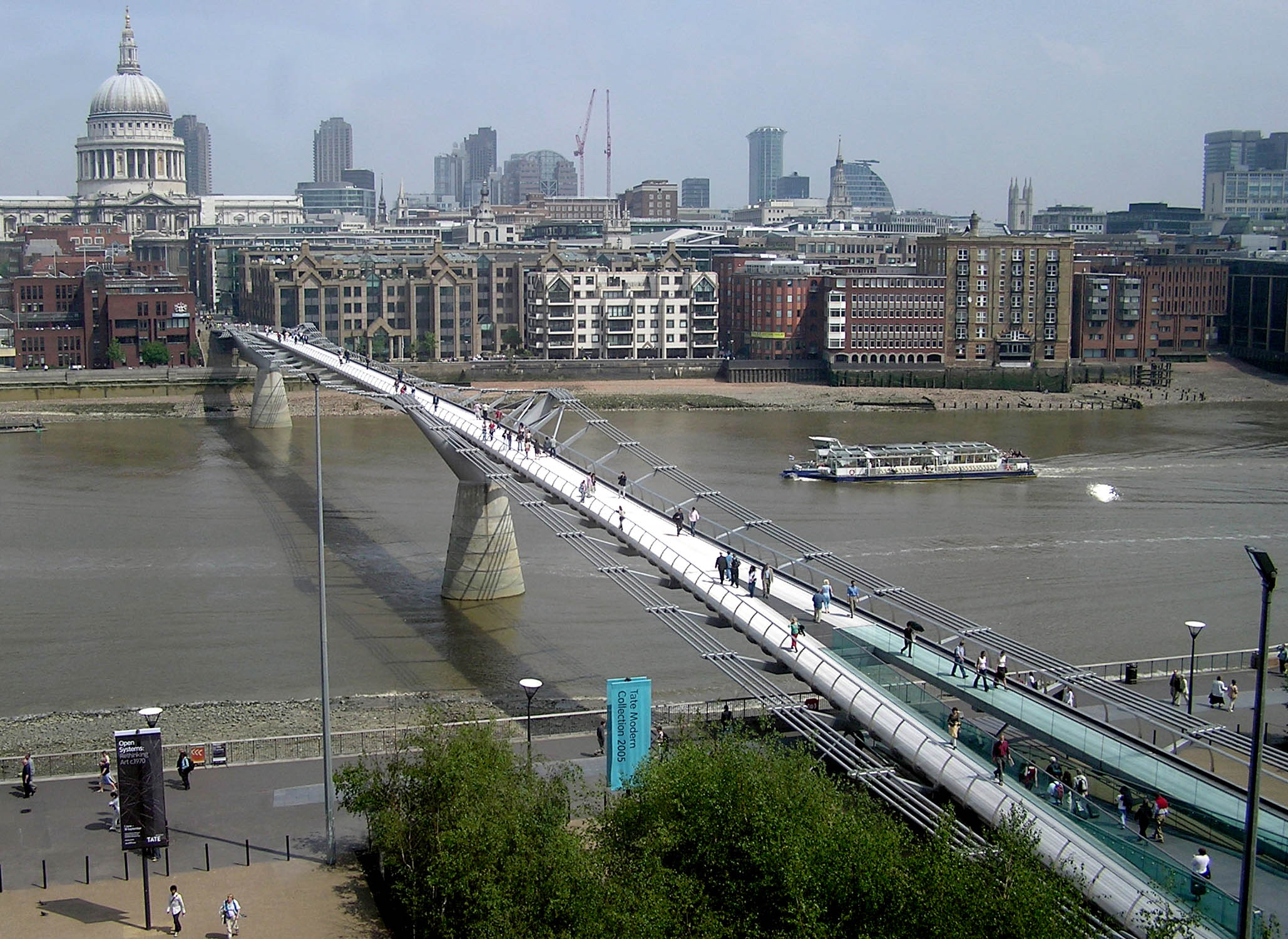 Researchers at NC State have developed shape-shifting antennas. These can overcome the limitations of traditional antennas by changing "... how far they can be bent – and how often – before they break completely."
Researchers at NC State have developed shape-shifting antennas. These can overcome the limitations of traditional antennas by changing "... how far they can be bent – and how often – before they break completely."From the article: "While the alloy makes an effective antenna that could be used in a variety of existing electronic devices, its durability and flexibility also open the door to a host of new applications. For example, an antenna in a flexible silicone shell could be used to monitor civil construction, such as bridges. As the bridge expands and contracts, it would stretch the antenna – changing the frequency of the antenna, and providing civil engineers information wirelessly about the condition of the bridge."
Click here to read more






